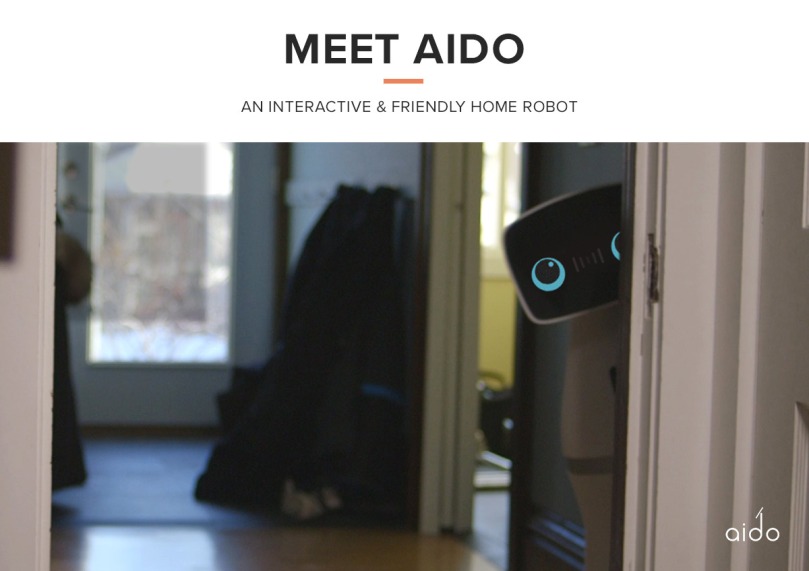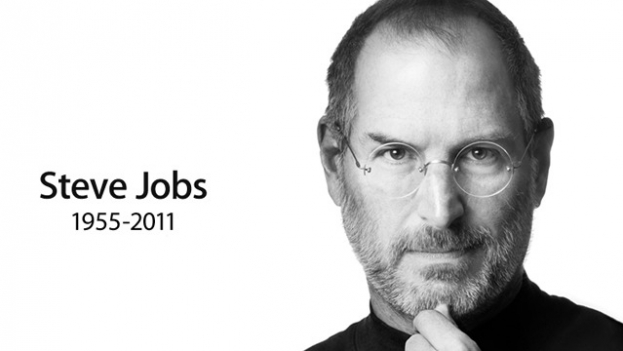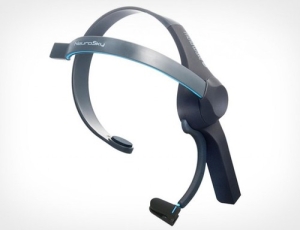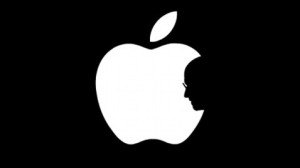
I’m sure this is a topic that has been torn apart “n” number of times, that my post would perhaps be an overkill. The convergence has been long time in the making. In fact the talks gained traction, back in 2010 when the iPad started making its way into the market. However after reading through several of them, I still find myself debating whether to make my next purchase a smartphone, or a laptop or a tablet. The problem began when Apple decided to come out with the iPhone 5 and the iPad mini. I started to feel rather antiquated with my 2007 Macbook, the earliest version of iPad and a relatively new iPhone 4. Decision making was always a harsh thing to do. And when you finally make a firm resolve to curb your splurging instincts, it becomes even harder. That’s when I decided to list down everything I do on all these devices in an effort to make an “intelligent” decision. And what can be a better place to “log” it than a blog.
Moving to iPhone5 was a relatively simple decision, especially since my old phone suddenly decided to start giving me “button” issues. To add on to my miseries, my macbook started to wear out gradually due to overuse and Apple decided to alienate the old iPad by not supporting iOS6 on it! That’s when I started thinking about my next purchase – A tablet or a laptop.
Let me give you a little background here. When I bought my iPad, my intent was to replace my laptop. With a desktop that I could make a remote connection to from my iPad, I had little trouble in convincing myself that it was one of the best decisions. Apart from the countless hours I spent on a regular desktop (aka Windows) at office, when I get back home, I realized I did spend a large chunk of my time on these three gadgets. What I do basically spans across these broad horizons.
Video and audio chat – Being away from my family, this has been an integral part of my life, mainly in the form of skype (for interoperability) and facetime, with occasional iMessage for screen sharing.
Used apps/applications – Skype, iMessage, Facetime and WhatsApp.
Web Browsing – The ever so wonderful world that the web has been, browsing never loses its charm. But the relevance of using a browser has significantly reduced over the past year, with most sites being “app”tized.
Used apps/applications
News – CNN (App and browser), Wall Street Journal (App), Summly and Flipboard (News Feed Apps), Times of India (App and browser)
Social Networking – Facebook (App and browser), Twitter (App), Linkedin (App and browser) and the rest of the crew.
Banking – App and Browser.
Searches – Google (Browser), Yelp (App) and the whole slew of content specific searching such as local cabs/metros, local trails, places of interest et al.
Online retail – Amazon (primarily browser), flight and hotel bookings (Browser for booking and App for status)
Miscellaneous – browser
Word editing – Powerpoints, Spreadsheets, and regular note taking
Used apps/applications – Powerpoint/Keynote, Excel/Numbers, Word/Pages, textEdit/OneNote/EverNote/Notepad.
Reading – Books have been a major part of my life. When shelves started to overflow, I reluctantly decided to go the “e” route.
Used apps/applications – Kindle and iBooks for books, iBooks for pdfs.
Music – Yet another indispensable component in my life, although it has been mainly limited to streaming these days.
Used apps/applications – Pandora, Spotify, iTunes
TV/Video online – Although I’m yet debating on moving away from a cable connection, I do spend more time watching news/videos online than viewing them on a television set.
Used apps/applications – youtube (browser), netflix (app and browser)
Coding – Not as prevalent when I get back home, but this does take a little bit of the time at home.
Here is how my time on these gadgets roughly gets distributed (number in percentages).

I did mention earlier that my intent was to try and replace my laptop through a combination of iPad and desktop. However in the past two years, I haven’t been very successful at it, one of the primary reasons being the difference in typing speeds on a regular keyboard and a virtual one. I could potentially buy a keyboard that can attach to my iPad but then that defeats the purpose of a tablet. Add on the fact that most of what I do on a tablet can be done on a smartphone as well, with the obvious disadvantage of a smaller screen, the case for a new tablet become even less convincing.
Having said that, I’m sure by now you all know that I do have a bias towards Apple products which means my potential budget for a laptop is slightly on the higher side as well. So it’s a choice between a $399, iPad “mini” and a $999 MacBook Air.
Let me know what you guys think. I’m also interested in hearing what you use on on a daily basis. And so I’ve started a survey to hear your thoughts. There are no free iPads being given away, but I promise you that it will not take more than 5 minutes of your time.











